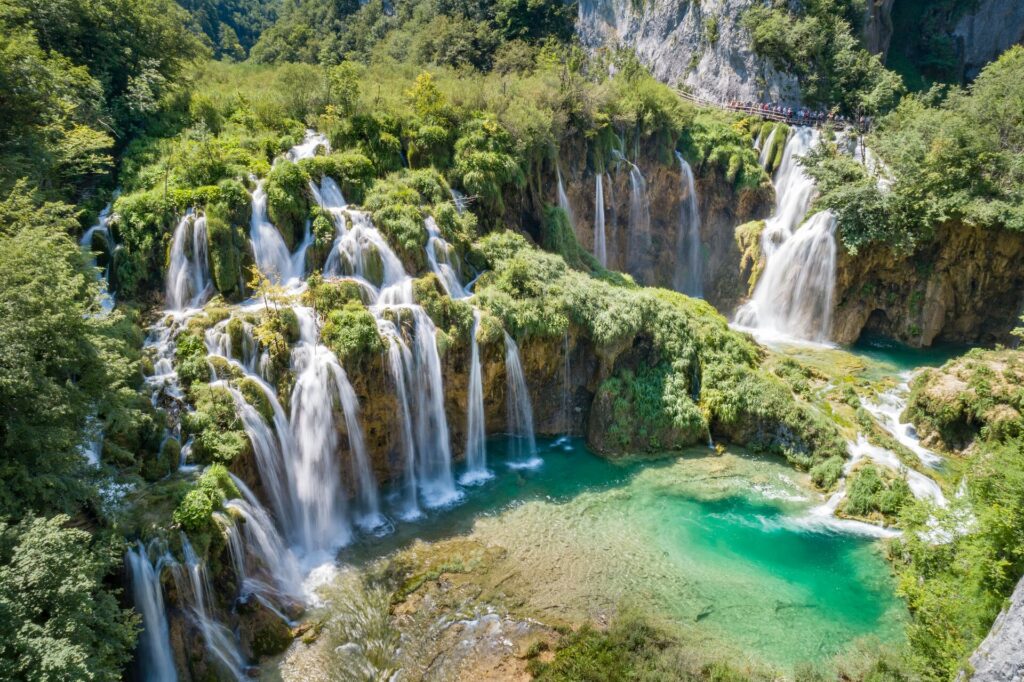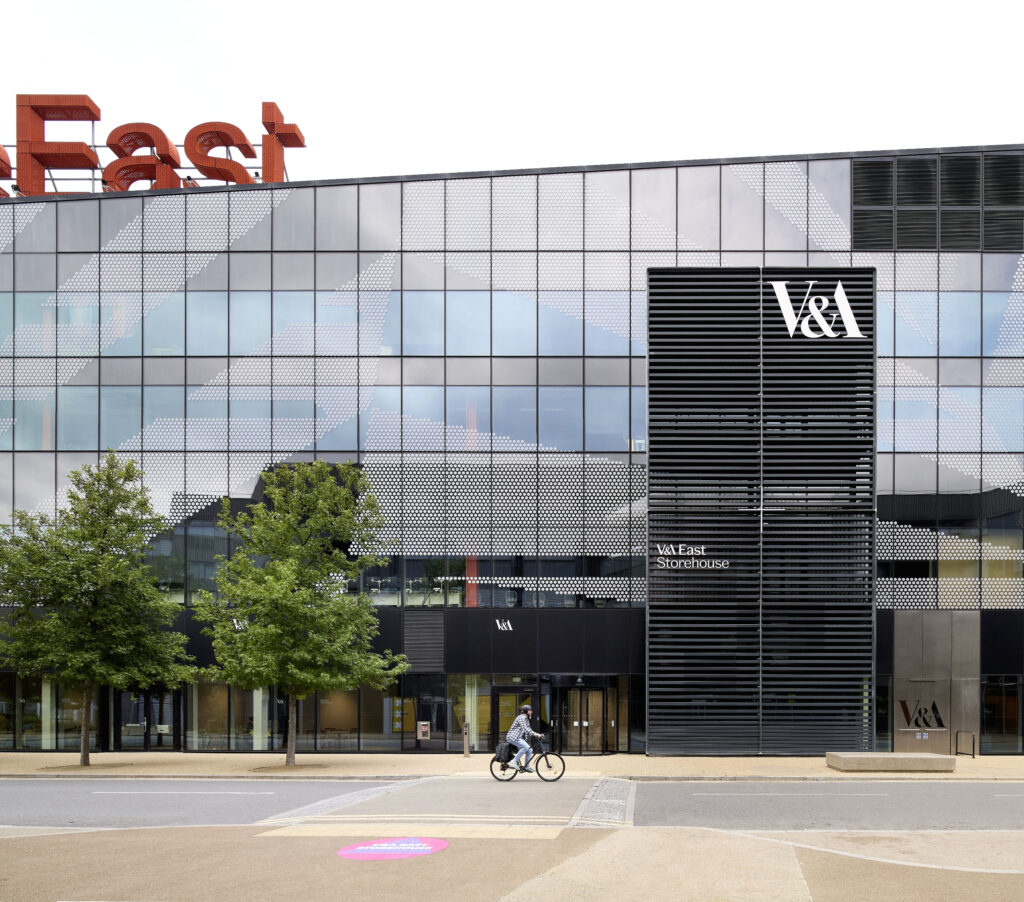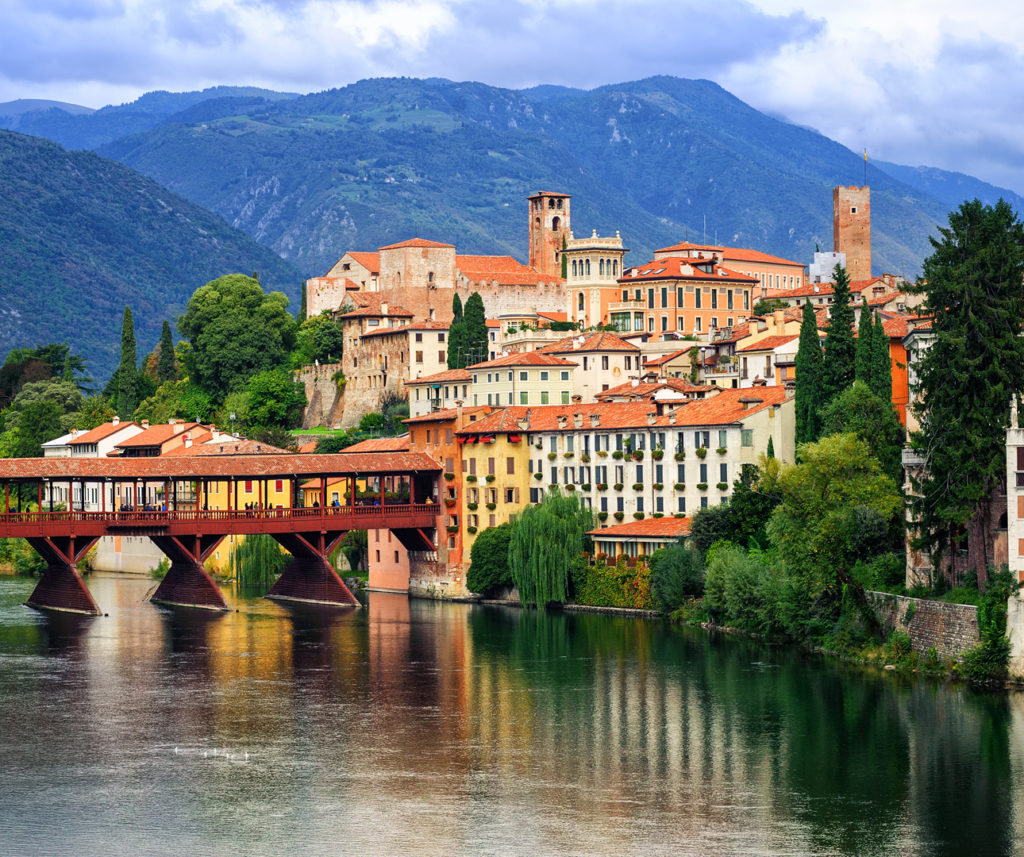From Carnivals to Candle Races: 12 Months of Cultural Celebrations in Italy
Take one look at the Italian calendar and you’ll find countless dates circled for feast days, film festivals, and historical commemorations from Ancient Rome to WWII. Visiting Italy during one of its holidays is an excellent way to get a deeper understanding and appreciation for a culture that’s as diverse as its landscape.
From food and feast days to film festivals and even the festival of festivals, these are some of the most historical, cultural, and unique celebrations you can attend when visiting Italy.
Experience Italy in all its glory on our County Roads of Italy tour
January: Venice Carnevale
Carnival celebrations are known around the world, but Carnevale in Italy is one of the most prominent. Venice Carnival, with its elaborate masks and water parade, joins New Orleans and Rio de Janeiro as an iconic destination for Mardi Gras (or Martedì Grasso in Italian), but it’s far from the only city in Italy that celebrates the season.
Cento’s parades end with the burning of a mask. Putignano’s festivities break out the chickpea pancakes and start celebrating the day after Christmas. Ivrea’s Carinval certain takes the king cake when it comes to unique celebrations. Known as The Battle of the Oranges, it takes place across the three days prior to Shrove Tuesday.
Historically, the battle tells the story of a civil war that took place in Ivrea against the Royal Napoleonic Troops. Culturally, this festival trades the weapons for oranges and invites revelers to join in a crazy citrus food fight. After the throwing of oranges loses its juice, musical performances and parades return this Carnival celebration to its more traditional roots.
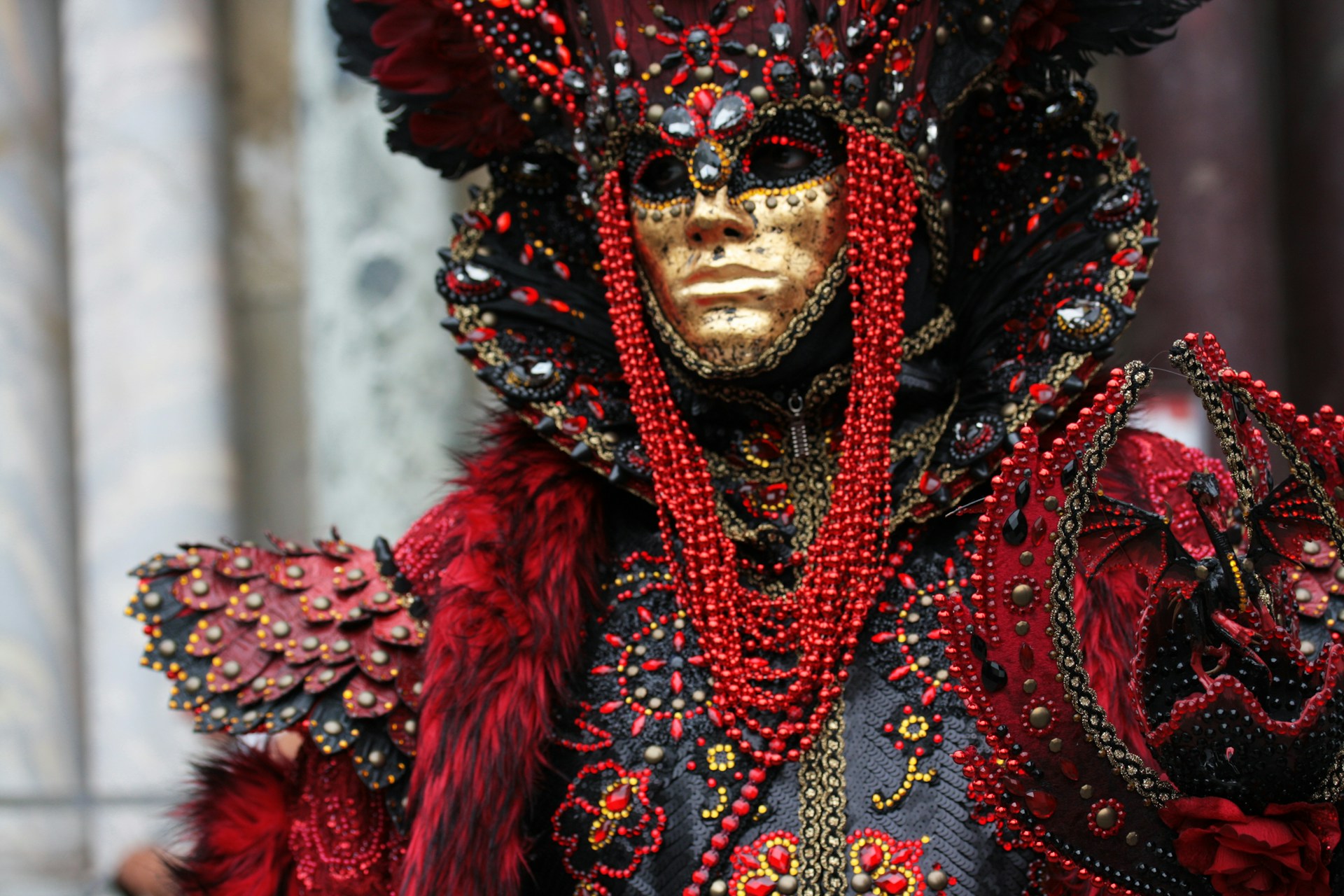
February: Verona in Love
In fair Verona, February lays a scene of love that goes beyond traditional Valentine’s Day. The city that set the backdrop for William Shakespeare’s Romeo and Juliet hosts an annual Verona in Love festival.
Events scheduled across this weekend of romance include a half-marathon race, special restaurant menus, art competitions, special programs at cultural sites, a romantic film festival, an Amarone guided tasting, and the San Valentine Fair.
Betrothed couples can get married in a moment through Verona’s city council initiative, Marry Me in Verona, but you need not arrive with a beau to embrace Verona in Love. At Juliet’s House, those with heartache can write a letter to the fictional Juliet and receive a letter response from the volunteers at the Juliet Club.
March: Ides of March, Rome
Ironically, one of the most important events in the history of Rome is not one of the most celebrated. Beware the Ides of March if you visit the Italian capital in March, mainly because there’s a chance you’ll miss the commemorations of Julius Caesar’s death.
A reenactment of Caesar’s assassination takes place in the Largo di Torre Argentina, many people pay tribute to the man’s statue in the Roman Forum, and with the real site of his assassination now open to the public, it won’t be surprising to see special events take place there on March 15 in future years.
Recommended reading: Everything You Can Learn About How Rome Was Built, in a Day
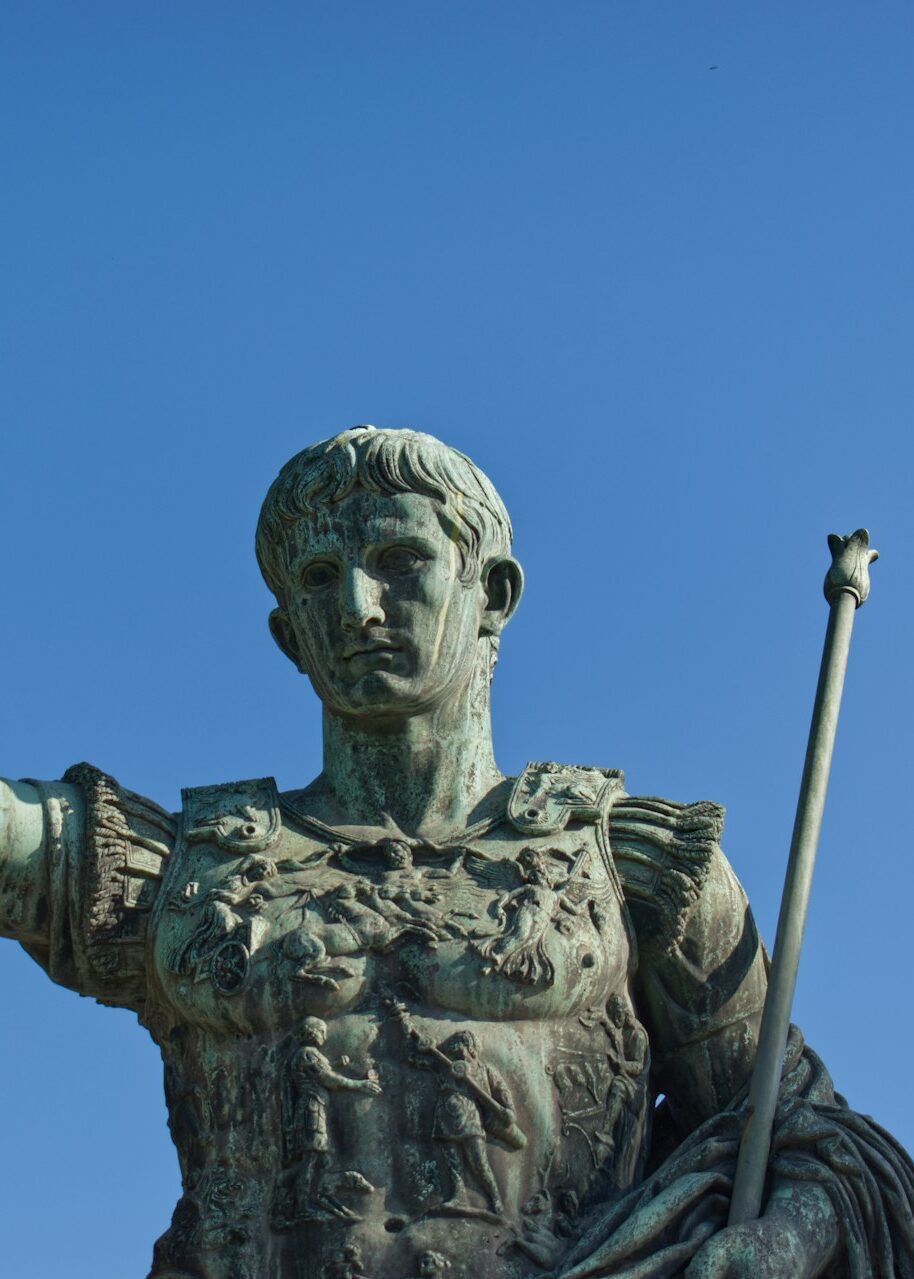
Visitors to Rome’s Roman Forum can find the ruins of the Temple of Caesar, built near the site of his cremation
April: Liberation Day & St. Mark’s Day
April 25th is Liberation Day throughout Italy. This public holiday celebrates the anniversary of the end of the Nazi occupation and fascist regime in 1945. History buffs should head to Rome for an airshow by the National Aerobatic Patrol of the Italian Air Force.
Liberation Day coincides with St. Mark’s Day, the feast of Venice’s patron saint. Piazza San Marco sees an even larger crowd as street performers, processions, and street food stalls pop up on the square.
For a present-day cultural experience, do as the Romans (and other Italians) do by embracing the start of the spring season. Liberation Day is one of the first long weekend holidays of the calendar year and many Italians spend it on the seaside soaking up the sun.
May: Festa dei Ceri (Race of the Candles)
Cannes Film Festival may make headlines in May but it’s not the sole event in late-spring that’ll have you applauding hard work and inspiring dedication. The Festa dei Ceri, aka Race of the Candles, is one of the more interesting feast day celebrations across the country.
On May 15, the Umbria region’s town of Gubbio draws tens-of-thousands of spectators to commemorate the death of Saint Ubaldo. Instead of a somber service or slow procession through the streets, the Corsa dei Ceri takes place.
This Race of the Candles involves three teams each carrying a thirteen-foot, 800-pound wooden candle nearly three miles up Mount Ingnio to St. Ubaldo’s basilica. The candle carrying a statue of St. Ubaldo usually wins the race, but the feat itself is so impressive regardless of competition.
Read next: Why May is the Best Time to Visit Italy
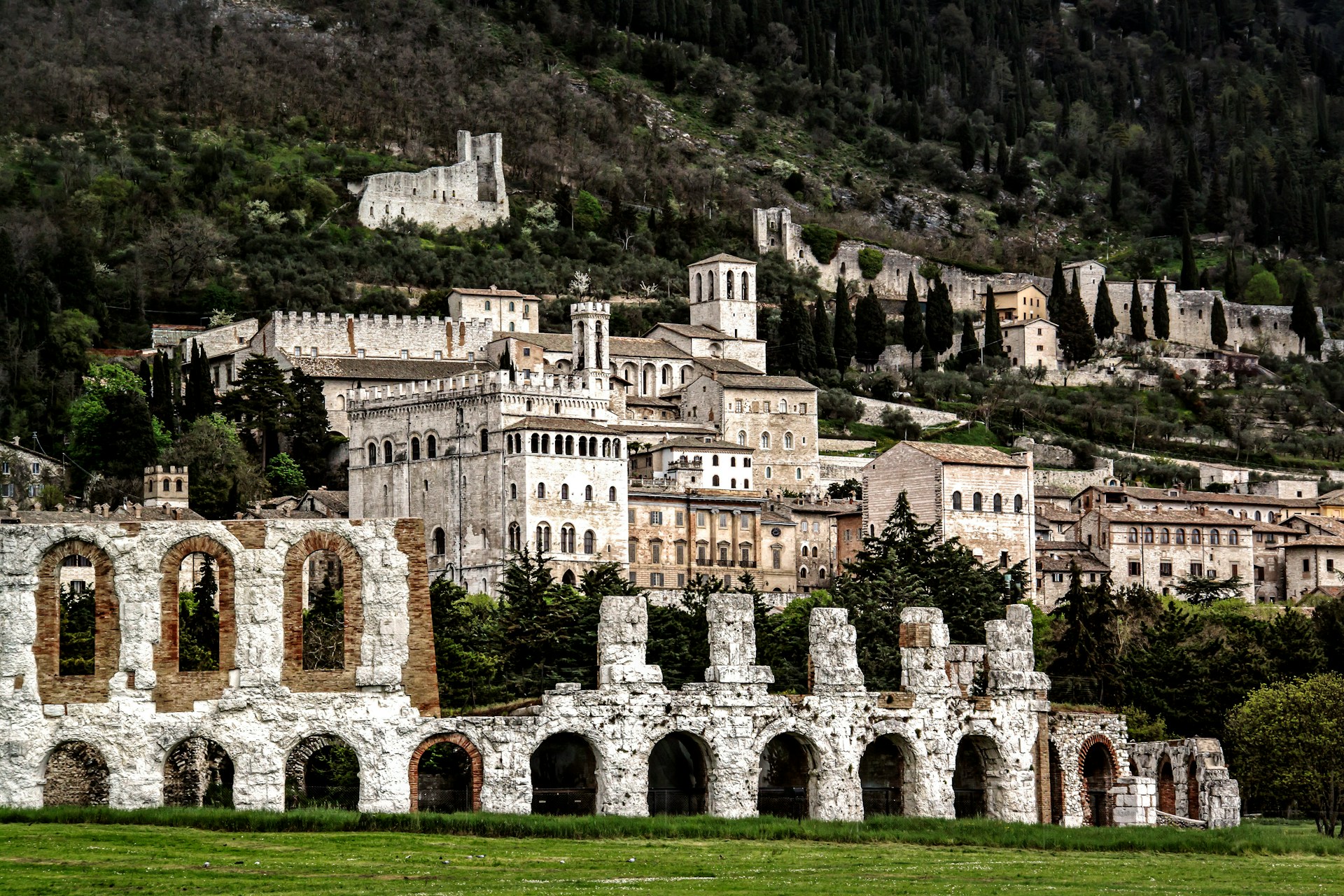
June: Feast of Saint John the Baptist, Florence
If there’s one feast day in Italy that has something for everyone, it’s the Feast of Saint John the Baptist in Florence. As the patron saint of Firenze, San Giovanni’s celebrations start when the sun rises on June 24 and end with a bang. Historians, sports fans, and even children can enjoy the celebrations.
First, a procession leads into a church where relics of the Saint are displayed. Next, a game of 15th century Florentine football takes place in the afternoon, followed by a parade. Finally, fireworks rise from the Piazzale Michelangelo, giving Florence’s patron saint a colorful send off.
July: Ravello Festival
You shouldn’t need another reason to visit the Amalfi Coast in the summer, though the Ravello Festival makes the case for you to spend your July grooving to the music. Also known as the Wagner Festival, classical and jazz music have filled the hilltop town of Ravello since the 1950s. Music lovers will enjoy any date of the festival, but two tend to hit a high note: the opening concert dedicated to Richard Wagner’s music and the sunrise concert that takes place in the garden of Villa Rufolo.
Time to celebrate: These Spring Festivals Have Uniquely Fascinating Histories
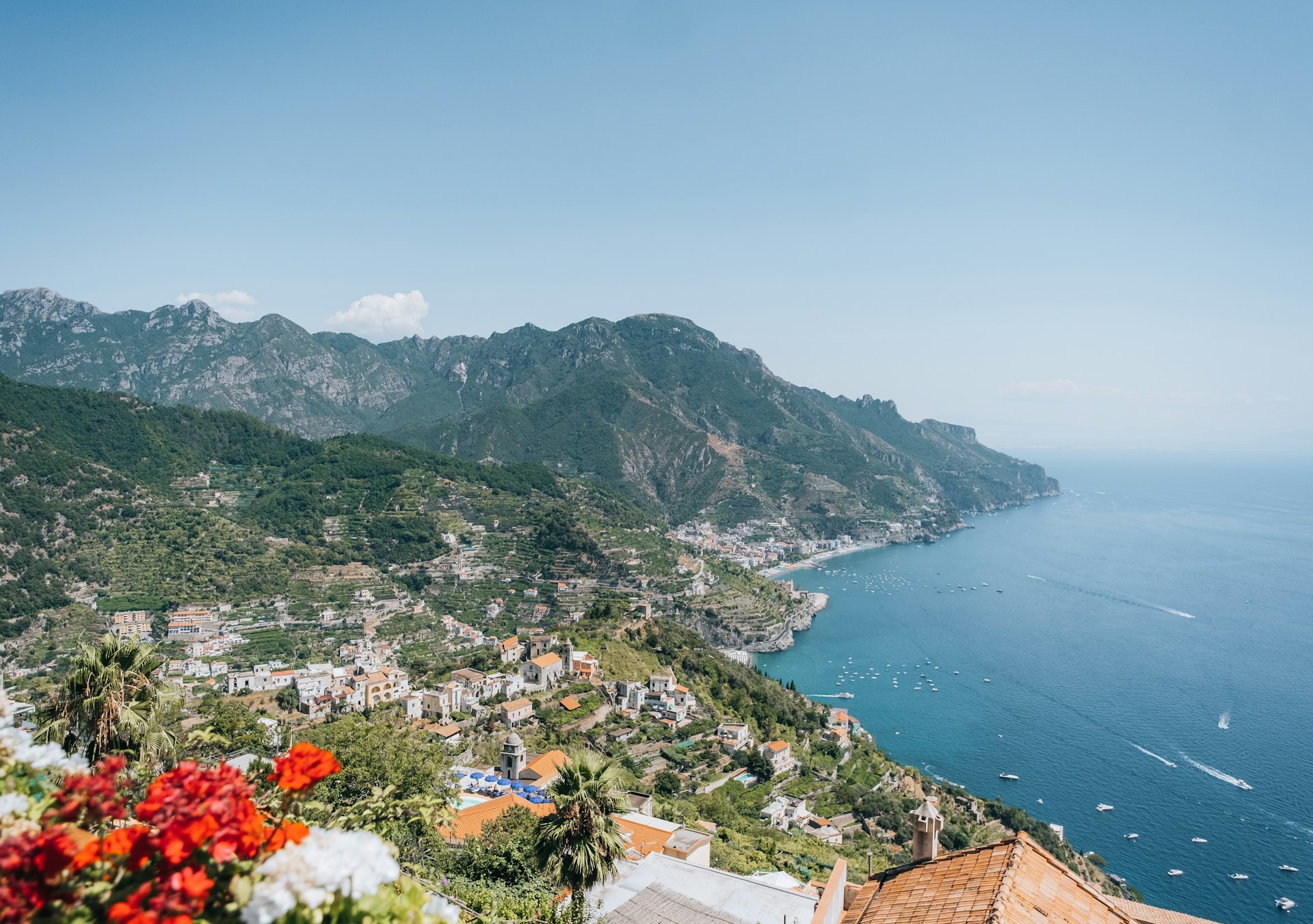
August: Ferragosto
Ferragosto is another national holiday that coincides with a feast day: the Assumption of Mary. Like many Italian holidays, Ferragosto has Roman origins that dictated that this day in August be one of rest. Today, August 15th continues to be a day of rest, acting as the big summer holiday for Italians, and while many take it as an opportunity to vacation, you’ll find many cities celebrating all the same. Horse races and even chariot processions have been held over from Roman times, a perfect spectacle to watch after eating a traditional Ferragosto barbecue lunch.
September: Festival delle Sagre (Festival of Festivals)
In Asti, September brings Festival delle Sagre, or the Festival of Festivals. A village-like complex is constructed to act as the largest open-air restaurant in Italy. On the second Sunday of the month, hundreds of thousands of foodies gather to sample Asti and Piedmont traditional foods from over 40 different Pro Loco associations. Vitello tonnato (veal with tuna mayonnaise), puccia (a kind of stuffed bread roll), and ravioli al plin (tiny ravioli, typically with a lamb filling) are among the local recipes you can sample, each with a glass of D.O.C. or D.O.C.G. wines.
Food for thought: Where to Find the Authentic Flavors of Fall
October: Scale del Gusto (Stairs of Taste)
Food festivals are found far and wide in Italy; the Scale del Gusto, however, is found on a staircase. This multi-day Stairs of Taste event takes place entirely on a set of stairs that connects Ibla to Ragusa in Sicily. Local food, wine, and art are showcased, particularly the small sized yet strong flavors of artisan cheese, olive oil, almonds, and figs.
Save up to $3,000* per couple on your first Premium Tour
Plus receive latest offers, travel inspiration, and discover how your travels will make a positive impact. Together, WE MAKE TRAVEL MATTER®. Subscribe NowNovember: International Alba White Truffle Fair
Few foods across Italy are as coveted as the white truffle and few festivals are as expensive as the International Alba White Truffle Fair. This annual fair is a celebration of Italy’s truffles from both a cultural and culinary perspective.
Truffles grow throughout the year, but only white truffles are ready to extract in the autumn. The act of truffle hunting is part-art, part-science, and almost always secretive. White truffles have fetched more than $2,200 per pound, which is why generations of truffle hunters keep their hunting grounds under tight lips.
The International Alba White Truffle Fair, however, holds nothing back. This event begins in October and ends in December, filling the weeks in between with cooking classes, wine pairings, truffle auctions, live performances, dinners, and more. For foodies who desire only the finest of nature’s bounty, the International Alba White Truffle Fair is an Italian cultural celebration like no other.

December: La Festa dell’Immacolata (Feast of the Immaculate Conception)
La Festa dell’Immacolata, the Feast of the Immaculate Conception, is celebrated annually on December 8th. Catholics will recognize this time of the year as Advent, and while some may assume it refers to the conception of Jesus Christ, it actually refers to the conception of the Virgin Mary. The date celebrates how the Blessed Virgin Mary was conceived free from both original sin and personal sin.
Italy is no stranger to celebrating feast days of Catholic figures, but the Feast of the Immaculate Conception is especially significant for those who experience it in Rome. On this day, the Pope travels through the streets of the Eternal City to pray to the Column of the Immaculate Conception near the Spanish Steps.
The Feast of the Immaculate Conception is considered the start of the Christmas season and Rome kicks it off by illuminating the city with Christmas lights. Nearly all of Italy’s Christmas Markets are also open by the Feast of the Immaculate Conception, making it an excellent way to celebrate an important Italian religious holiday while also embracing the yuletide’s arrival.
Winter wonders: Christmas Traditions From Around the World

LIKED THIS POST? SHARE WITH YOUR COMMUNITY
